Israel-Palestine conflict caused by history, faith and modern politics
The Israel-Palestine conflict has escalated once again – and there was one moment in particular that sparked the latest horrifying unrest.
Finding it impossible to understand what’s happening in Israel? Do you think both sides have got rocks in their head? You could be right.
It’s about history.
It’s about faith.
But it’s also about modern politics.
Put the three together, and you get a crisis.
Deep-set tensions in the Middle East are always ready to explode. But it usually takes a series of sparks for ignition.
This time around, it was the proposed forced eviction of Palestinian families from their homes to allow Jewish settlers into East Jerusalem. The historic Damascus Gate plaza was closed during the Islamic religious festival of Ramadan.
Then thousands of Jewish ultranationalists marched to celebrate the annexation of East Jerusalem, the West Bank and Gaza Strip after the 1967 Six-Day War.
RELATED: Explainer: Israel and Palestine
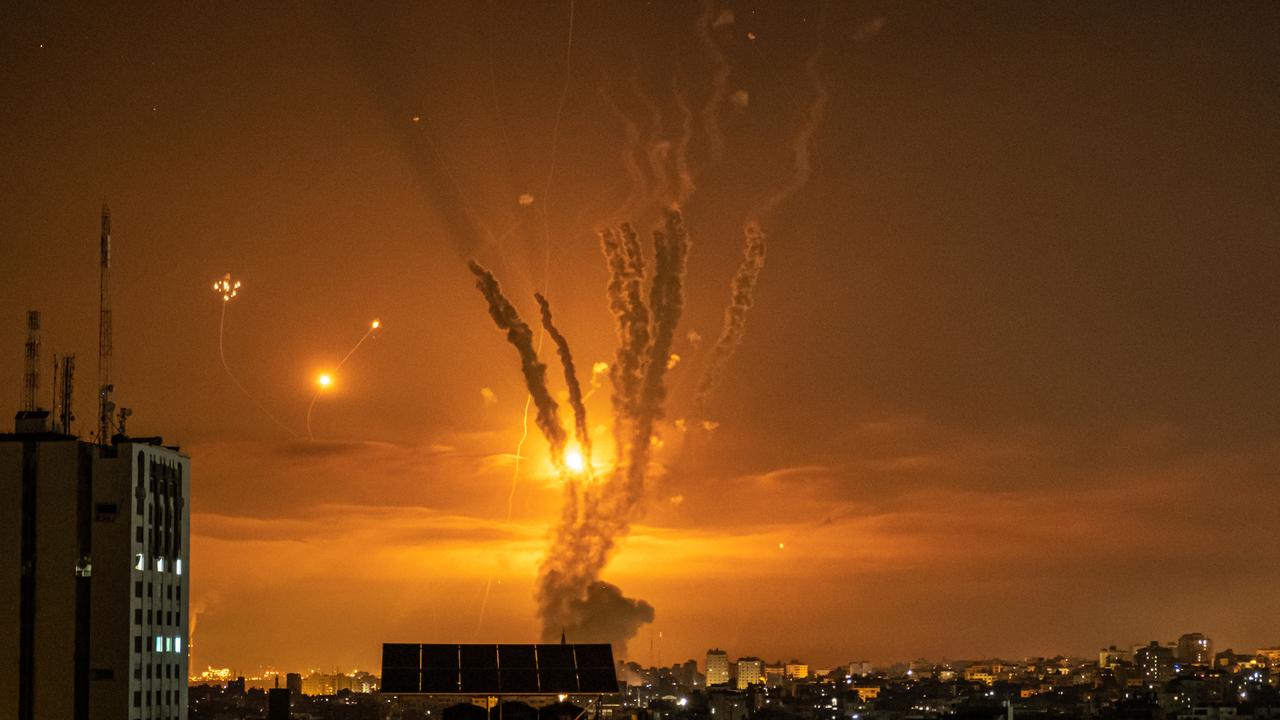
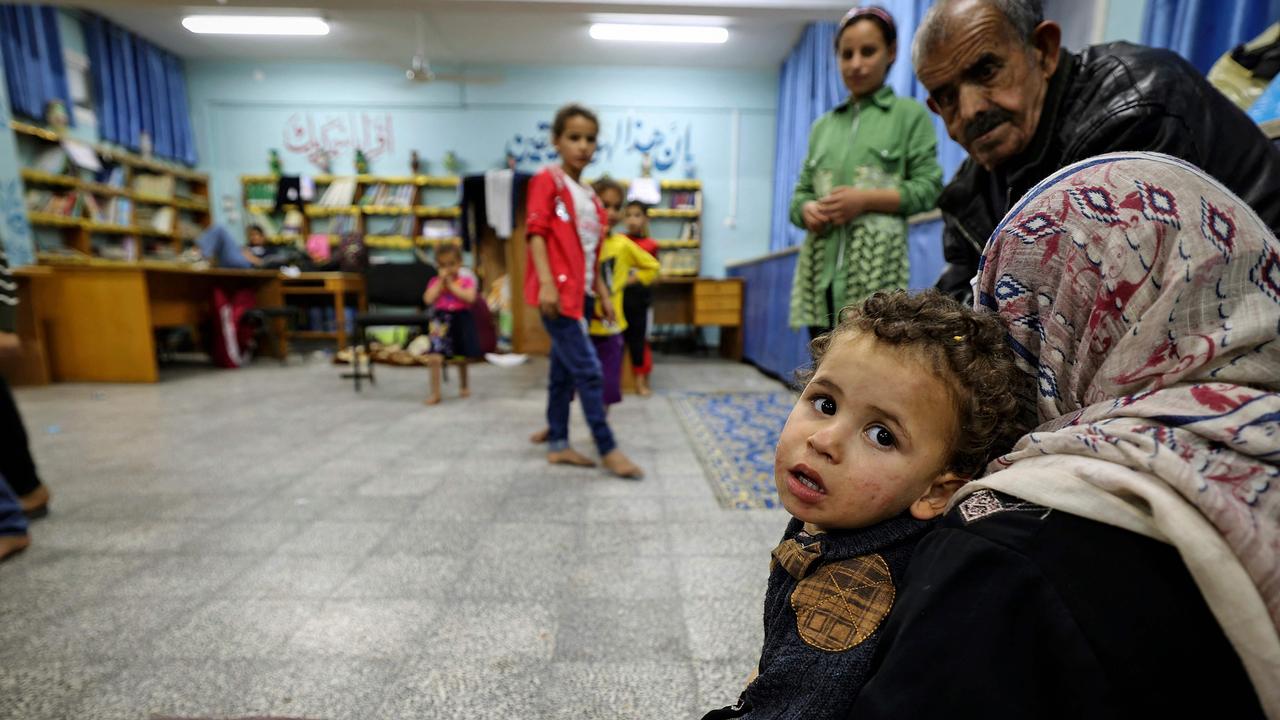
Amid it all, Palestinian protesters had been clashing with hard-line Israelis and police almost daily.
But one incident, in particular, detonated the seething unrest.
It happened at the very epicentre of Middle Eastern conflict.
It’s one of the holiest of holy sites.
The home of the “foundation stone of the Earth”.
On May 7, Israeli police used rubber bullets and stun grenades against rock-throwing protesters among a crowd of worshippers gathered at Jerusalem’s Al-Aqsa mosque. Hundreds were hurt.
On May 10, Hamas gave Israel an ultimatum to withdraw security forces from the Temple Mount complex and Sheikh Jarrah by 6 pm or there would be consequences.
Things then escalated. Fast.
Palestine Information Network *AQSA UPDATE*
— Masjid al Aqsa (@firstqiblah) May 11, 2021
After Taraweeh last night and into the wee hours of this morning, Masjid al-Aqsa was transformed into exactly the same theatre for Israeli attacks as yesterday morning. pic.twitter.com/yv455UeQvI
Then and now
What goes around comes around. And around. And around.
At least when it comes to conflict in the Middle East.
The origins of this fight are lost in the depths of time, myth, scripture and history.
Perhaps the start can be traced back to the Genesis story of the prophet Abraham leaving the Akkadian city of Ur to find a new home in what may have then been called Canaan.
His family soon splintered, with Jacob fleeing drought to resettle in Egypt. It is written that Jacob’s 12 sons became the 12 tribes of Israel. And these returned to Canaan, under the guidance of the prophet Moses, only to find it populated by the other offspring of Abraham.
A series of warlords carved out the first kingdom of Israel. Though whether the First Temple’s builder King Solomon was real or a compilation of myths like King Arthur and Camelot remains a matter of debate.
What is historically verifiable is the Assyrian King Sargon II captured the territory associated with Israel in 722BC and resettled much of the population in Persia. Likewise, he moved other conquered peoples to the Holy Land. Biblical texts say the Israelites later returned to seize back control.
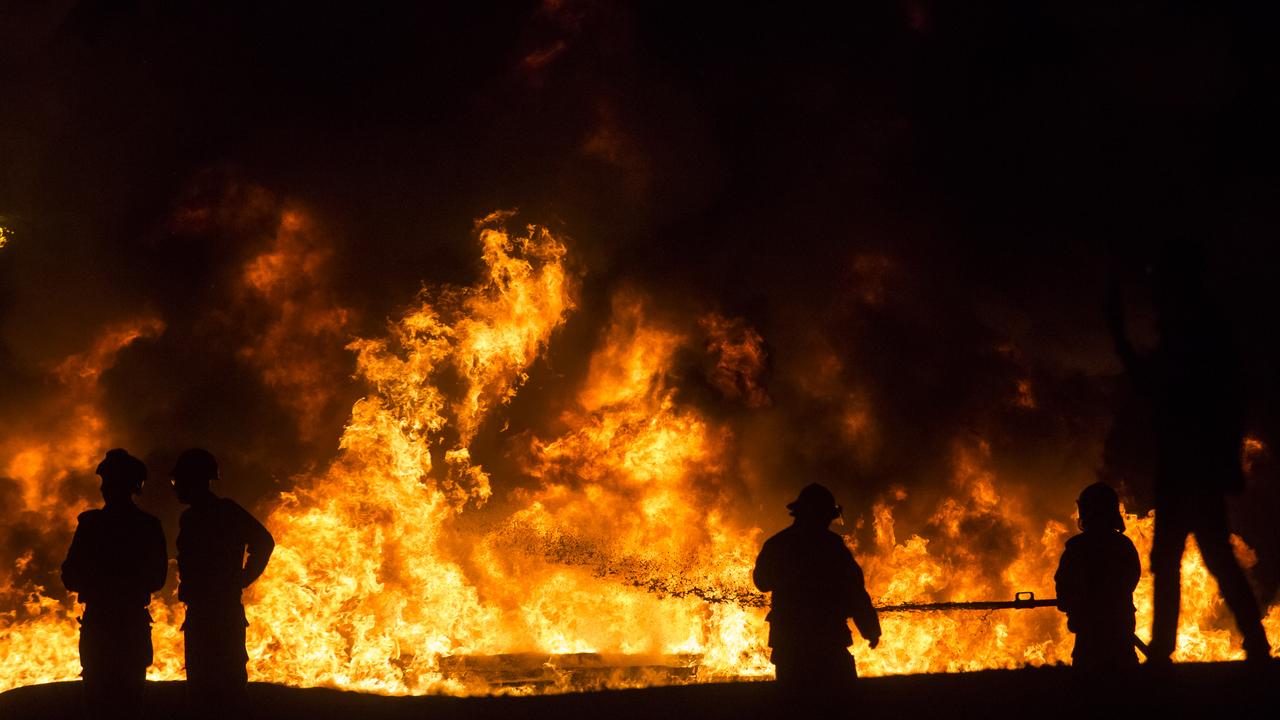
A few centuries later, it happened again.
King Nebuchadnezzar II defeated Israel and Egypt in 597BC. He levelled the First Temple and had many of the Israelites deported to Babylon. Biblical accounts say this exile lasted 70 years, after which the Jewish people returned to take back control of their holy land.
History repeated yet again in AD70.
The Romans destroyed the Second Temple and much of Jerusalem after a failed rebellion. Without the religious heart of their culture, the Jewish people embarked almost 2000 years of diaspora – or exile – mainly across Europe.
Israel was re-established after World War II. And its people were once again faced with those who had moved in while they were gone.
Israel insists Jerusalem is once again the capital of its Jewish state.
Palestine wants to retain the ancient Eastern Quarter of the city to be the capital of its desired Islamic government.
Why is this such a source of contention?
At Jerusalem’s heart is a sacred site with 3000 years of belief, history and myth embedded within it. And both claim it as their own.
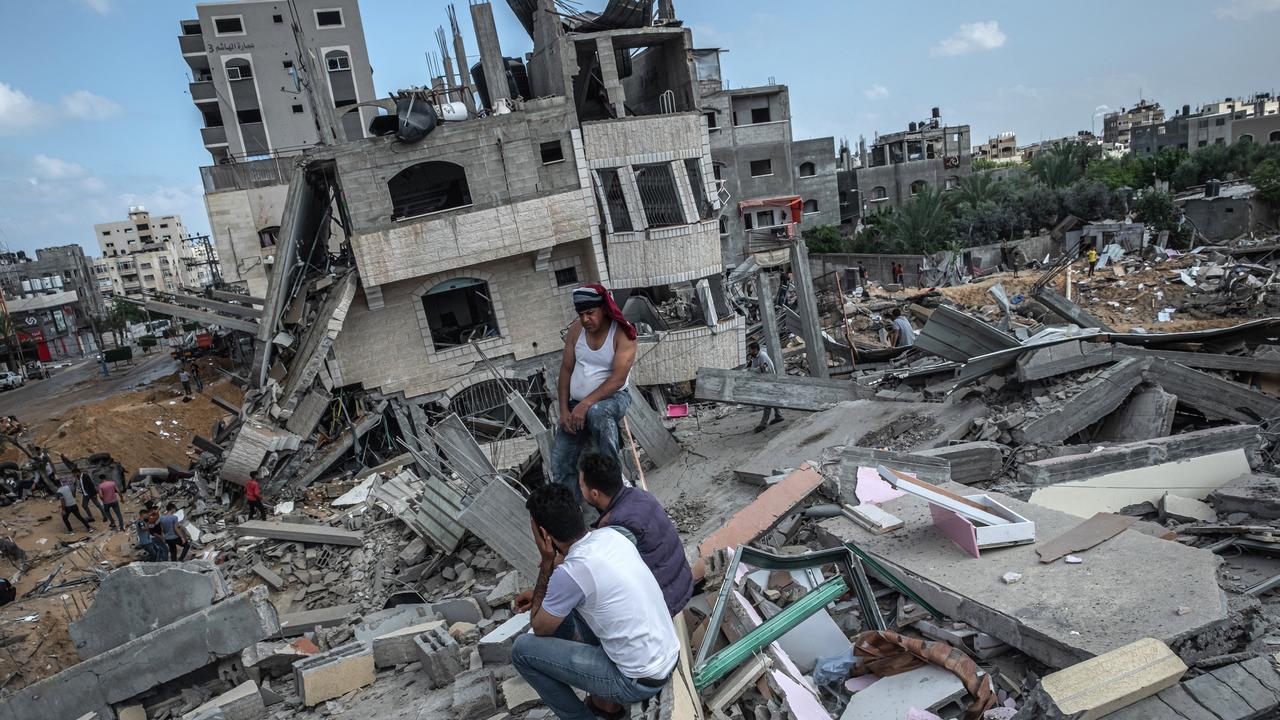
Noble Sanctuary
Like almost all of the Holy Land, Jerusalem has a long and storeyed past.
It surrounds what Christians and Jews call the Temple Mount.
At its core is a prehistoric natural feature: The Noble Rock.
Some Jews believe it to be the spot where the world was created from. Others say it was the foundation of the Holy of Holies that held the sacred Ark of the Covenant. Beneath it is a cavern known as the Well of Souls.
The Noble Rock is also significant to Islam. It’s believed to be the place where the prophet Muhammad began his spiritual ‘Night Journey’. It’s believed to be where an angel will announce the arrival of Resurrection Day.
The Noble Rock is the heart of the 14 hectare Al-Haram al-Sharif (Noble Sanctuary) precinct. The spectacular, golden Islamic Dome of the Rock was built as a shrine to protect it in 685AD.
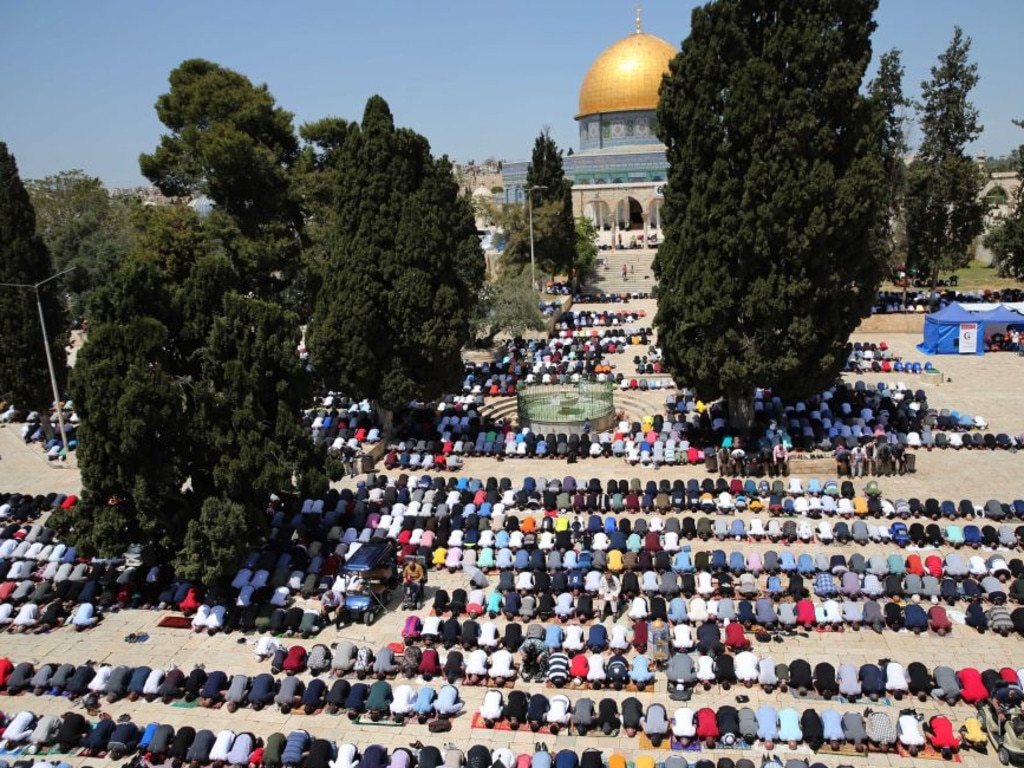
The nearby Al-Aqsa Mosque was built in 637AD, shortly after the prophet’s death, as a place of worship. Crusaders mistakenly believed it to be King Solomon’s stables when captured in 1099AD. It was soon gifted to a group of warrior monks who became known as the Templars.
Once again in Muslim hands, Al-Aqsa, along with the Dome of the Rock, is considered to be the third most holy Islamic place on Earth.
The fate of the Noble Sanctuary hung in the balance after Israel occupied East Jerusalem after the 1967 Arab-Israeli War. But international pressure saw jurisdiction ‘granted’ to an Islamic organisation administered by neighbouring Jordan.
Israel, however, commands its surrounds.
And that means it controls access to the holy site.
Jews and Christians do not pray on the Temple Mount. They are, however, permitted to visit.
Third Temple
Extremist religious-nationalist groups continue to lobby for control of the Temple Mount. They want to demolish all Islamic structures there and build another Jewish temple.
That makes the Noble Sanctuary the political and religious flashpoint it is today.
A visit to Al-Aqsa by Israeli politician Ariel Sharon – surrounded by police – in 2000 sparked violent protests and a brutal Israeli crackdown. Palestinians considered a desecration of holy ground. It was also perceived as a threat to seize control.
This led to a general Palestinian uprising, the Second Intifada.
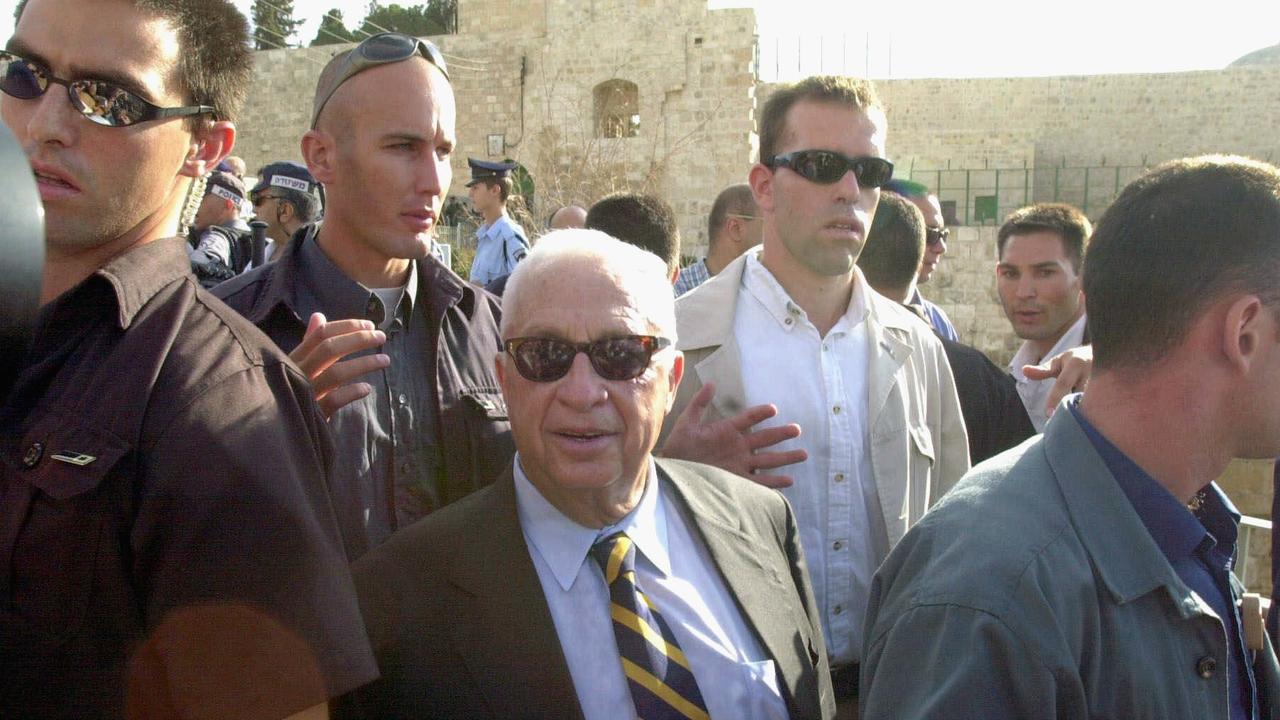
Violent clashes between the factions have continued sporadically in and around the compound ever since.
In 2017, three Arab Israelis killed two Israeli police before fleeing into the Al-Aqsa mosque. Israeli forces followed, shooting them dead.
Now groups of religious-nationalist Jews – guarded by heavy detachments of police – have begun regularly visiting the Noble Sanctuary to pray in defiance of longstanding agreements.
Palestinians see this as both provocative and sacrilegious.
Israeli officials say they have no intention of changing the status quo. But heavily armed police escort the offending religious-nationalist worshippers. This is why Palestinians fear this is part of a scheme to seize control of the Noble Sanctuary.
Violent clashes often result.
And these can quickly reverberate across the entire region.
Kingdom of heaven
Palestinian militant group Hamas, the unofficial government of Gaza, is calling for a general uprising. It wants another “intifada” – or people’s war.
Following the May 7 clash, militants began an assault against Israel’s advanced high-tech defences. Simple balloons carry incendiary devices on the winds. Home-made rockets are being fired among a variety of smuggled projectiles. Amid the flames are protests and sporadic shootings.
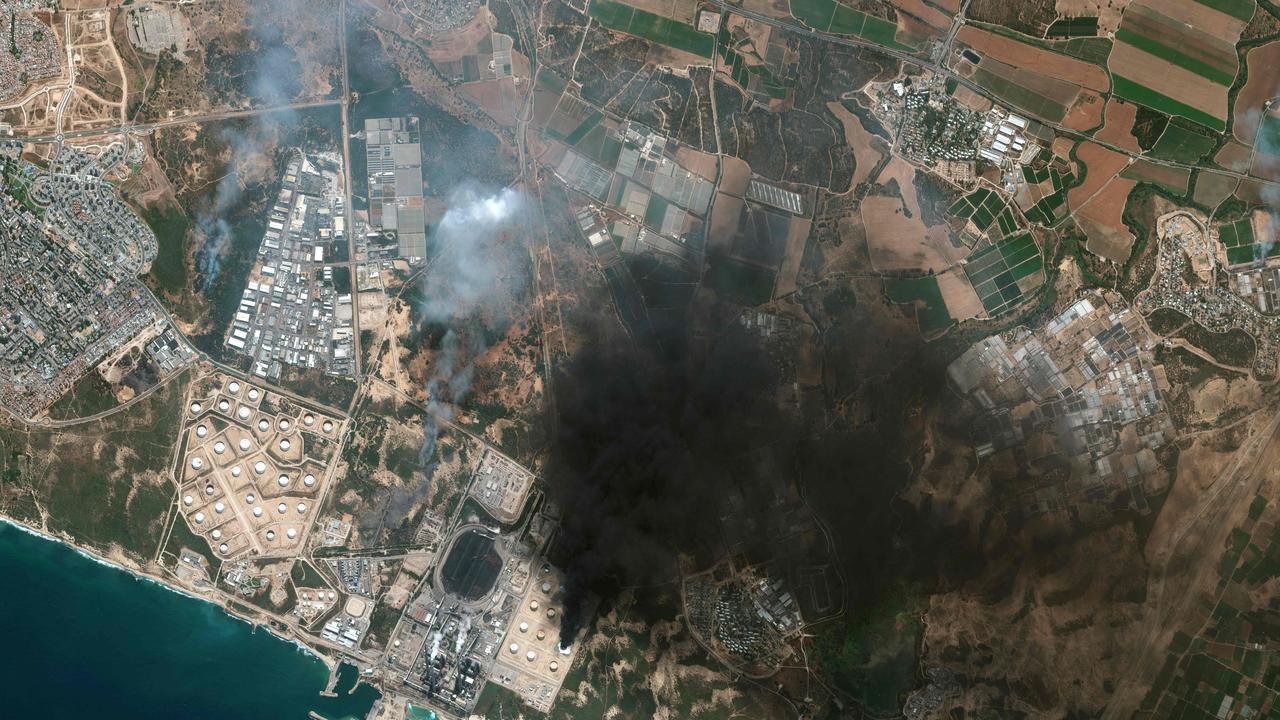

Israel has responded with laser-guided artillery and bombs, tanks, troops and attack helicopters.
Behind the religion-inflamed emotions is a crisis over who can live where, who owns what, and whose laws apply where.
The United Nations partitioned the Holy Land into Israeli and Palestinian regions in 1948. Some 750,000 Arabs were evicted or fled from their homes and farms. They were given nowhere to go. Some of their descendants still live in refugee camps in Jordan, Syria and Lebanon.
Much of Palestine’s UN-mandated territory was lost to Israeli in 1967. A failed attempt by Egypt and Syria to seize this back in 1973 became known as the Yom Kippur War.
All that remains of Palestine are the West Bank and Gaza.
As recently as last year, Israel debated the prospect of annexing more Palestinian territory.
Prime Minister Benjamin Netanyahu has pledged to unilaterally apply Israeli law to portions of the West Bank – whether the Palestinians want it or not. Facing trial on charges of corruption, fraud and bribery, Netanyahu is desperate to maintain a grip on power.
One way to do that is to please the powerful ultra-Orthodox factions. And that means land seizures. And greater control over the Noble Sanctuary.
Jamie Seidel is a freelance writer | @JamieSeidel




